Load Regulation
| Test | 12V | 5V | 3.3V | 5VSB | DC/AC (Watts) | Efficiency | Fan Speed (RPM) | PSU Noise (dB[A]) | Temps (In/Out) | PF/AC Volts |
| 10% | 4.372A | 1.993A | 1.995A | 0.984A | 75.003 | 88.619% | 650 | 7.1 | 40.16°C | 0.974 |
| 12.214V | 5.017V | 3.309V | 5.082V | 84.636 | 43.68°C | 114.88V | ||||
| 20% | 9.752A | 2.994A | 2.998A | 1.183A | 149.941 | 91.551% | 653 | 7.1 | 40.9°C | 0.981 |
| 12.207V | 5.01V | 3.303V | 5.073V | 163.778 | 44.4°C | 114.87V | ||||
| 30% | 15.481A | 3.495A | 3.501A | 1.382A | 224.943 | 92.5% | 654 | 7.1 | 41.27°C | 0.99 |
| 12.201V | 5.007V | 3.299V | 5.064V | 243.183 | 44.75°C | 114.83V | ||||
| 40% | 21.223A | 3.998A | 4.006A | 1.582A | 300.031 | 92.686% | 656 | 7.1 | 41.7°C | 0.993 |
| 12.196V | 5.003V | 3.295V | 5.056V | 323.709 | 45.49°C | 114.81V | ||||
| 50% | 26.577A | 5.002A | 5.015A | 1.783A | 374.462 | 92.429% | 659 | 7.3 | 42.01°C | 0.995 |
| 12.189V | 4.998V | 3.291V | 5.047V | 405.132 | 46.32°C | 114.78V | ||||
| 60% | 31.973A | 6.008A | 6.026A | 1.985A | 449.362 | 92.06% | 658 | 7.3 | 42.81°C | 0.996 |
| 12.184V | 4.994V | 3.286V | 5.038V | 488.118 | 47.75°C | 114.76V | ||||
| 70% | 37.377A | 7.016A | 7.041A | 2.187A | 524.282 | 91.561% | 656 | 7.1 | 40.57°C | 0.997 |
| 12.178V | 4.989V | 3.281V | 5.029V | 572.601 | 50.49°C | 114.73V | ||||
| 80% | 42.835A | 8.022A | 8.055A | 2.291A | 599.477 | 90.963% | 660 | 7.4 | 43.69°C | 0.998 |
| 12.177V | 4.985V | 3.278V | 5.021V | 659.034 | 54.98°C | 114.7V | ||||
| 90% | 48.626A | 8.527A | 8.549A | 2.394A | 674.502 | 90.286% | 666 | 7.9 | 44.24°C | 0.998 |
| 12.175V | 4.983V | 3.275V | 5.013V | 747.075 | 57.97°C | 114.68V | ||||
| 100% | 54.226A | 9.035A | 9.077A | 3.003A | 749.704 | 89.487% | 882 | 17.2 | 45.21°C | 0.998 |
| 12.171V | 4.98V | 3.272V | 4.996V | 837.784 | 59.67°C | 114.64V | ||||
| 110% | 59.707A | 10.048A | 10.192A | 3.007A | 824.73 | 88.652% | 1075 | 23.7 | 47.1°C | 0.998 |
| 12.166V | 4.975V | 3.267V | 4.989V | 930.3 | 61.27°C | 114.61V | ||||
| CL1 | 0.115A | 14.465A | 14.531A | 0A | 121.288 | 85.828% | 670 | 8.3 | 41.5°C | 0.978 |
| 12.214V | 4.99V | 3.283V | 5.088V | 141.316 | 50.55°C | 114.86V | ||||
| CL2 | 0.113A | 19.988A | 0A | 0A | 101.343 | 84.343% | 665 | 7.8 | 40.01°C | 0.976 |
| 12.214V | 5.001V | 3.304V | 5.093V | 120.156 | 47.54°C | 114.87V | ||||
| CL3 | 0.113A | 0A | 20.056A | 0A | 67.395 | 80.005% | 663 | 7.6 | 40.43°C | 0.973 |
| 12.215V | 5.009V | 3.291V | 5.095V | 84.241 | 46°C | 114.88V | ||||
| CL4 | 61.571A | 0A | 0A | 0A | 749.532 | 90.371% | 670 | 8.3 | 45.61°C | 0.998 |
| 12.173V | 5.003V | 3.296V | 5.055V | 829.405 | 57.97°C | 114.65V |
Load regulation is tight at 12V, within 1% at 5V, but loose at 3.3V.
| Test | 12V | 5V | 3.3V | 5VSB | DC/AC (Watts) | Efficiency | Fan Speed (RPM) | PSU Noise (dB[A]) | Temps (In/Out) | PF/AC Volts |
| 20W | 1.216A | 0.498A | 0.498A | 0.196A | 20.004 | 76.486% | 0 | <6.0 | 39.69°C | 0.79 |
| 12.215V | 5.021V | 3.313V | 5.101V | 26.155 | 36.33°C | 114.9V | ||||
| 40W | 2.676A | 0.697A | 0.697A | 0.294A | 40.002 | 84.801% | 0 | <6.0 | 42.6°C | 0.92 |
| 12.218V | 5.021V | 3.313V | 5.098V | 47.173 | 37.63°C | 114.89V | ||||
| 60W | 4.136A | 0.896A | 0.897A | 0.393A | 60.001 | 87.84% | 0 | <6.0 | 43.53°C | 0.959 |
| 12.218V | 5.02V | 3.312V | 5.094V | 68.307 | 38.87°C | 114.89V | ||||
| 80W | 5.591A | 1.096A | 1.096A | 0.491A | 79.945 | 89.979% | 0 | <6.0 | 46.21°C | 0.98 |
| 12.219V | 5.02V | 3.312V | 5.091V | 88.848 | 39.06°C | 114.88V |
A glance at the light loads table is always useful, as the PSU will typically operate at light loads.
Ripple Suppression
| Test | 12V | 5V | 3.3V | 5VSB | Pass/Fail |
| 10% Load | 26.4 mV | 16.0 mV | 16.4 mV | 15.3 mV | Pass |
| 20% Load | 25.7 mV | 15.5 mV | 16.4 mV | 17.0 mV | Pass |
| 30% Load | 24.5 mV | 15.8 mV | 16.5 mV | 15.8 mV | Pass |
| 40% Load | 24.1 mV | 15.7 mV | 17.1 mV | 16.3 mV | Pass |
| 50% Load | 25.2 mV | 15.0 mV | 16.7 mV | 17.0 mV | Pass |
| 60% Load | 26.6 mV | 15.0 mV | 16.7 mV | 20.2 mV | Pass |
| 70% Load | 27.0 mV | 15.7 mV | 16.0 mV | 22.3 mV | Pass |
| 80% Load | 27.9 mV | 16.9 mV | 18.6 mV | 22.9 mV | Pass |
| 90% Load | 28.3 mV | 15.4 mV | 17.9 mV | 24.8 mV | Pass |
| 100% Load | 28.3 mV | 15.3 mV | 16.2 mV | 20.1 mV | Pass |
| 110% Load | 29.8 mV | 14.7 mV | 17.3 mV | 19.9 mV | Pass |
| Crossload 1 | 26.1 mV | 16.3 mV | 17.3 mV | 16.5 mV | Pass |
| Crossload 2 | 28.5 mV | 18.5 mV | 29.3 mV | 19.1 mV | Pass |
| Crossload 3 | 26.5 mV | 15.7 mV | 18.8 mV | 17.5 mV | Pass |
| Crossload 4 | 30.8 mV | 14.5 mV | 16.1 mV | 17.0 mV | Pass |
Ripple suppression is good overall.
Pages:
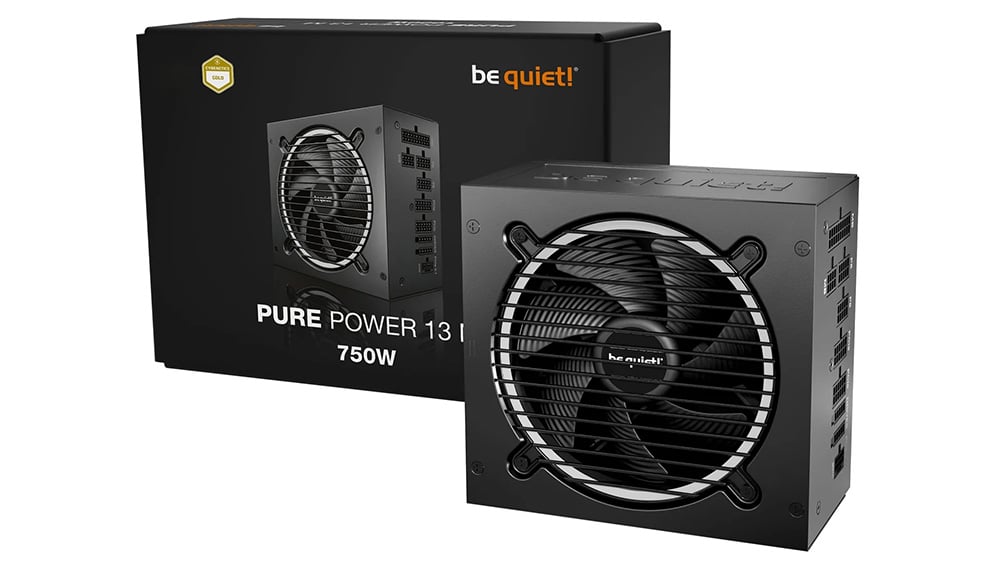
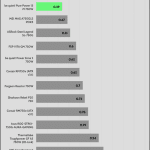
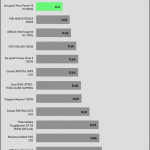
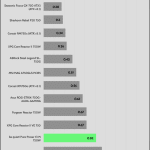
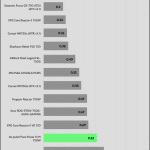
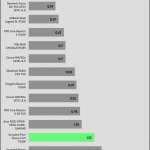
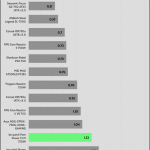
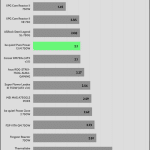
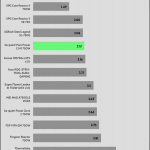
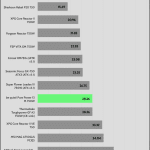
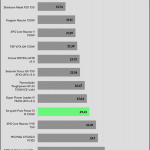
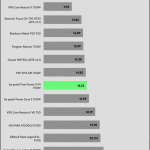
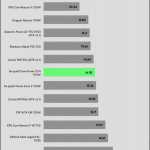
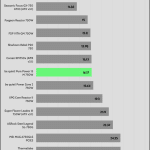
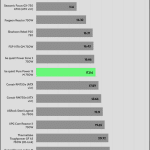
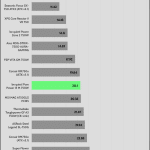
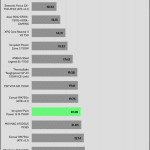
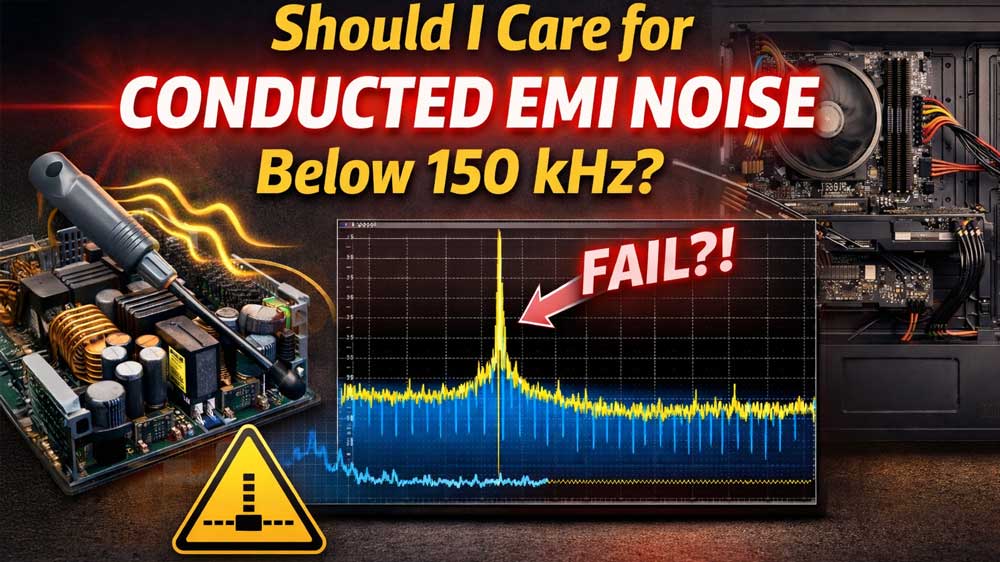
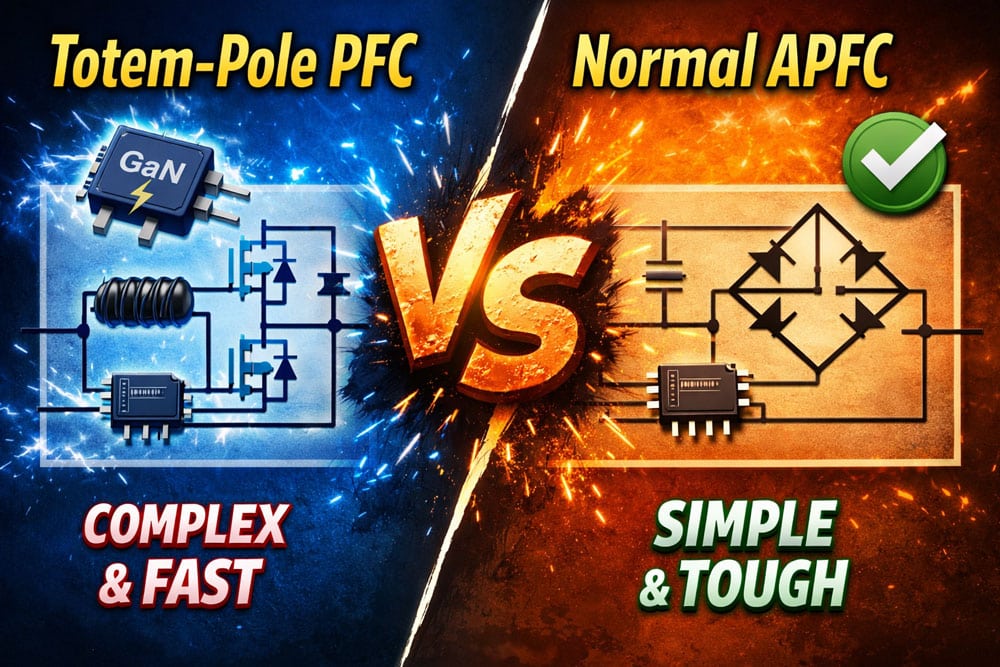
Interesting that this 750w version of the Be Quiet Pure Power 13m has much high in-rush current than the shown in the 650w PSU review. 71.5A versus 25.68A .
Yes, inrush current depends on the capacity of the bulk caps and also the technique and equipment used to measure it 🙂
I measured about 6.1amp of inrush current with a TESMEN TCM-300D clamp meter on a leg of the power cord. 13m 750w, what a beast! Fan still didn’t come on after 15 minutes of 300w load on 12v rail!
I have a be quiet! Pure Power 13 M 750W. According to the specs, it has semi-passive Zero-RPM cooling, so the fan stops at low load and spins up only when needed.
My system: RTX 5060 Ti + i7-8700.
I tested with FurMark + Prime95 for 5 minutes, GPU at 100%, CPU fully loaded.
Total system power draw should be around 250–300W.
The fan still didn’t spin, and when I touched the PSU afterwards, it was cool to the touch.
My concern:
I expected the fan to start under such load.
I was worried the fan might be faulty.
But since the PSU stays cool even under stress, it seems the fan only kicks in at higher temperature thresholds, not just based on wattage.
Hello,
I’m reaching out regarding your review of the Be quiet! PURE POWER 13M 650W power supply. I own this unit and have noticed a strong chemical or plastic-like odor during normal operation, especially under load.
I’ve already contacted the manufacturer, and they suggested I return the unit for inspection. However, I’m hesitant to do so, as I’m concerned the issue might be considered “normal” and the warranty claim could be rejected.
That’s why I’d like to ask: Did you notice any unusual smell from the unit during your testing? Or have you encountered similar behavior with other Be quiet! power supplies?
Your feedback would be very helpful in deciding how to proceed. I really appreciate the work you do — your reviews are always a valuable resource.
Best regards,
Hi! In some new units there can be such an odor, but because in our lab we are used to it, we don’t pay special attention.
What would you recommend between an XPG Core Reactor II, be quiet! Pure Power 13M and Corsair RMx (ATX3.1)??? All 750W
Prices XPG < be quiet! < Corsair
check please my best PSUs article where I have all of them
I’m not clear on some classifications here.
We know that BQ goes for system power, then pure power, power zone, straight power, dark power.
Wasn’t it compared in the class, for example, straight power with corsair rmx, or seasonic focus gx, and corsair hx or axi with prime series seasonica, dark power is probably there somewhere.Now you say that you compare pure power with rmx, skipping the power zone. Either rmx fell, or pp13 jumped with production, I compared them more with RMe. So I ranked the nrp cwt platform that is used by a large number of brands with seasonic gx, straight power, cors rmx,fsp hydro ptm…
I compare them with similar price products. RMx is closer in price than RMe with this one
Do not compare them by price, but by class, and the same or similar quality. And customers will judge for themselves based on their market what is the best solution for them.